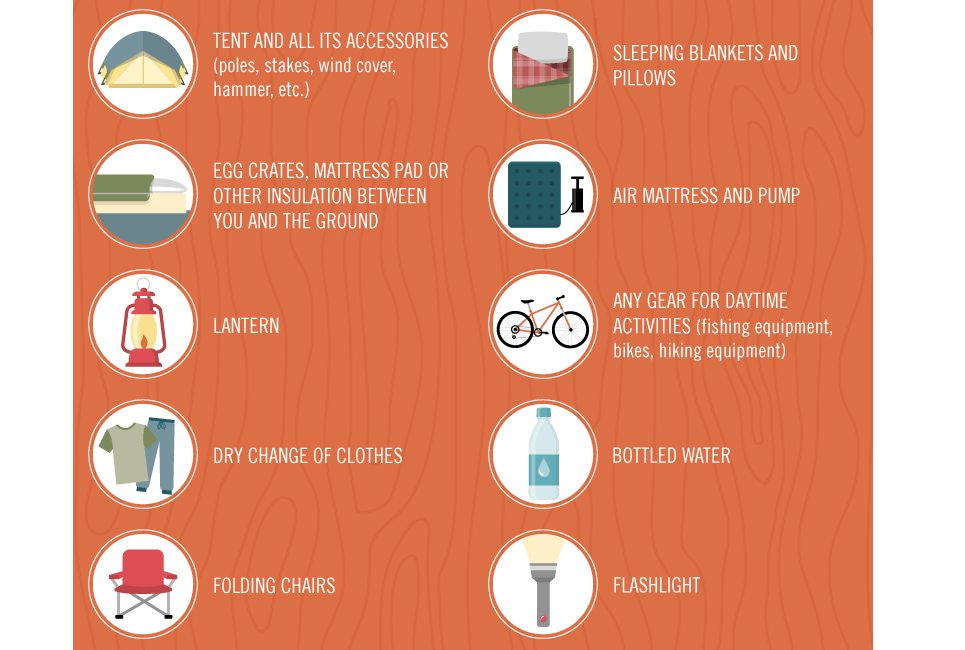While telescopes are a terrific method to see the night sky, binoculars are perfect for spur of the moment stargazing. They are small and portable, and don't call for a tripod.
What are the 10 essentials for camping?
Binoculars can help you pick Saturn's rings, the fragile earthshine on a crescent moon and remote Neptune, which shines greenish-bluish from methane in its ambience. They also let you observe open and globular star clusters, and faint nebulae like M17 in Sagittarius.
Magnification
The magnifying number is the first thing to seek when buying field glasses. This number describes the dimension of the objective lens, which establishes just how intense an object shows up. The bigger the lens, the brighter an item will certainly appear.
Bear in mind that zoom alone won't expose more image detail; the settling power of the optics is also important. The smaller the dealing with power, the harder it is to separate items that are close together.
A big magnifying can likewise lower the field of vision, which restricts just how vast a location you can see at once. Make certain to examine the "field of vision" specification on the binoculars you are considering, as even versions with the same zoom can have hugely different FOV's! A higher FOV will make it much easier to find and track things, specifically if you're checking throughout the sky. It's also a good idea to consider whether you desire your binoculars to be photo supported, which will compensate for the activity of your hands and produce a solitary picture.
Field of view
The field of vision is the quantity of area that can be observed. This is an important variable to think about when purchasing binoculars. The bigger the field of view, the more things you will be able to see without relocating the field glasses. For instance, you will have the ability to situate fast-moving wild birds simpler and more quickly. It will certainly additionally be much easier to find small nebulas or star clusters in expensive monitorings.
Many binoculars will certainly display the angular and straight field of view on one of their barrels. The angular field of vision will be given in levels and the straight field of vision will be mentioned in feet observed at 1,000 lawns or meters observed at 1,000 meters.
In some cases the angular and linear field of vision will be detailed together in a table. It is important to keep in camping cot mind that the angular and direct fields of view will certainly be different, also when the magnifying is the same.
Eyepieces
The eyepiece is the lens or group of lenses in between the last picture in an optical instrument and the visitor. It serves to magnify that photo, and as a result determines its magnifying.
Normal binoculars have a main focus wheel in between the two barrels that can be made use of to focus them on a things. They additionally have a small, stiff-turning wheel by the appropriate eyepiece called a diopter to compensate for distinctions between a visitor's eyes.
Binoculars can be made use of by short-sighted (near-sighted) and hyperopic (perceptive) individuals without the need for glasses. However, those with serious astigmatism should still use their eyeglasses while utilizing field glasses. Binoculars have a bigger exit student than telescopes, and so it's much easier for the user to put their eyes in the proper setting for watching objects. This aids to prevent blurred photos triggered by vignetting, or dimming of the photo around the edge of the field of vision. A larger departure student also enables a viewer to move their eyes promptly from one object to one more.
Tripods
For the best results with both field glasses and telescopes you will intend to utilize a tripod. It does not have to be an elegant electronic camera type tripod either, a lot of field glasses have what is called a tripod adapter port that accepts a common one and is relatively economical and very easy to obtain.
The primary factor that astronomers use telescopes is that their larger aperture supplies far better light gathering which enables them to see greater resolution images of faint deep skies things, like star clusters and nebulae, while still preserving a large field of view. Field glasses do not have this capacity and, with a small aperture, they can not fix photos as greatly as a telescope.
How many people can sleep in a 10x10 tent?
With the right problems, however, it is possible to appreciate seeing several astronomical items with a set of binoculars. Utilizing them to stroll the summer skies for binary stars, or to sweep wonderful star areas on a clear evening is an interesting experience.
